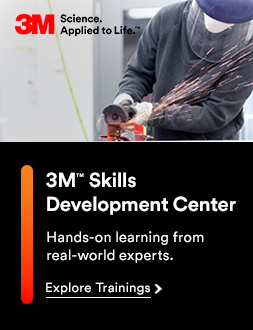Advanced driver assistance systems are a finicky feature
By DARRYL SIMMONS
The recent study by the Insurance Institute for Highway Safety (IIHS) casts a spotlight on the current state of partial driving automation systems, revealing a concerning gap in safety measures.
IIHS recently revealed the results of its tests on vehicles with semi-autonomous advanced driver assistance systems (ADAS). The safety advisory found that, out of 14 models tested, only one earned an acceptable rating to pass all IIHS tests. Two earned marginal ratings; 11 were rated poor.
After evaluating vehicle performance, the IIHS said there is “no evidence that these systems have any safety benefits.” Notably, Dave Harkey, IIHS president reported that “while some drivers may feel that partial automation makes long drives easier, there is little evidence it makes driving safer,” and some high-profile crashes have illustrated that current ADAS technology “can introduce new risks when systems lack the appropriate safeguards.”
With only one out of 14 systems earning an acceptable rating, the findings signal a critical need for improvement in an industry racing toward automation.
These results have prompted IIHS to introduce a new rating program, designed to encourage automakers to incorporate more robust safeguards in partially automated driving systems. Despite the advancements in Advanced Driver Assistance Systems (ADAS)—such as automatic emergency braking and adaptive cruise control—the IIHS’s inaugural rating program underscores the complexities of ensuring safety in vehicles equipped with these technologies. The calibration and maintenance of these systems are paramount, especially after a collision to maintain their effectiveness and safeguard passengers.
Furthermore, recent statistics from Transport Canada’s National Collision Database (NCDB) for 2021 paint a sobering picture of road safety in Canada. With 1,768 reported fatalities and 8,185 serious injuries, the numbers barely reflect a decrease despite technological advancements aimed at making roads safer. This emphasizes the undeniable role of human error and the necessity for a multi-faceted approach to road safety, combining technology with improved driver education and awareness.
The IIHS study is a wake-up call, highlighting the urgent need for enhanced safety measures in vehicles equipped with partial automation. It reveals that while some systems show promise, many lack robust safeguards, effective driver monitoring, timely attention reminders, and appropriate emergency procedures to ensure driver and road safety.
As the automotive industry evolves with increasingly sophisticated ADAS technologies, the challenge of ensuring these systems are accurately maintained and calibrated grows. While ADAS can significantly reduce the risk of accidents, these systems have limitations and are not infallible. Understanding the need to maintain and calibrate ADAS technologies is crucial. Post-collision, professional checks and recalibrations are essential to ensure system accuracy and reliability and to prevent safety compromises








































